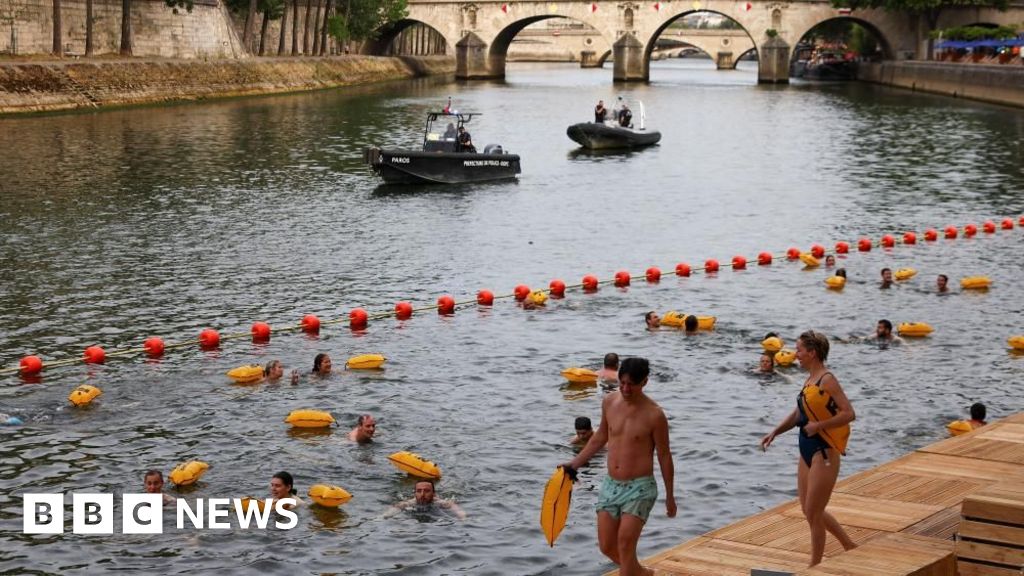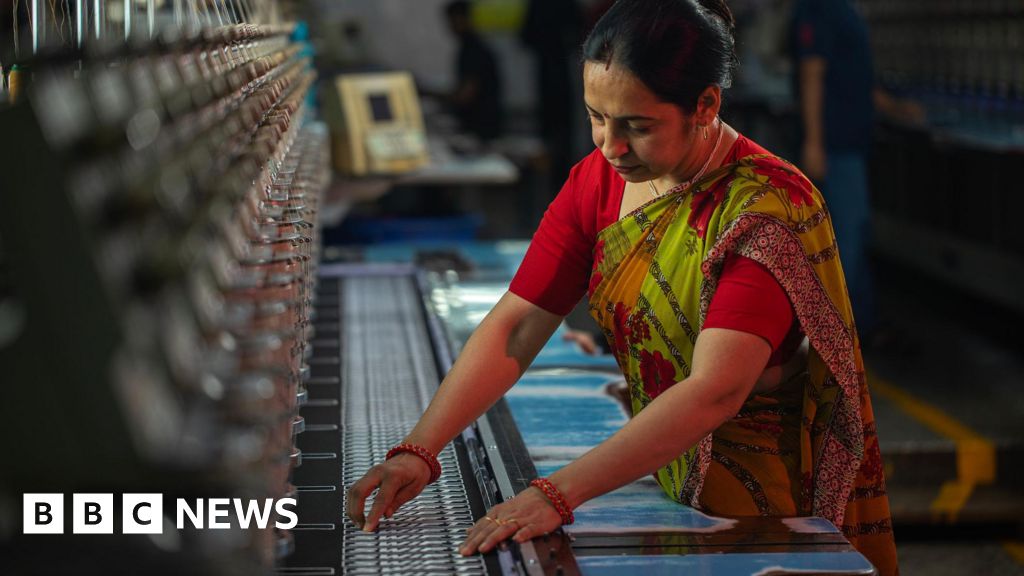A team of Penn State researchers has used a new 3D-printing method to produce a complex metal build that was once only possible with welding: fusing two metals together into a single structure.
Using an advanced additive manufacturing process known as multi-material laser powder bed fusion—enabled by a newly acquired system in Penn State’s Center for Innovative Materials Processing Through Direct Digital Deposition (CIMP-3D)—the researchers printed a complex structure out of a blend of low-carbon stainless steel and bronze, which consists of 90% copper and 10% tin.
The researchers have published their approach in npj Advanced Manufacturing.
“In a process called selective powder deposition, we can now melt multiple powdered metals in a single layer during the additive manufacturing process—and we were the first university in the U.S. to do so,” said Jacklyn Griffis, a doctoral candidate in mechanical engineering and first author of the paper. “The fine powders are tens of microns in diameter, almost like flour. We can selectively deposit the powder with micron-level resolution, then melt it together with a laser.”
Researchers used an Aerosint selective powder deposition system, which CIMP-3D acquired in August 2023, to print and test the metal part. The system was integrated into an existing 3D Systems ProX320 AM machine in the Systems for Hybrid-Additive Process Engineering (SHAPE) Lab at CIMP-3D. A one-centimeter-tall metal part includes thousands of layers of metal powder, Griffis said, and takes a few hours to print.

“We now have the processing technology to print these multi-material metal parts, as well as a way to monitor the melt pool and observe and address potential issues in real time,” said corresponding author Guha Manogharan, associate professor of mechanical engineering, head of the SHAPE Lab and co-director of CIMP-3D. “To do this, we produce a digital 3D rendering of the part through CT scans, which we use to look for pores, cracks at the interface or micron-scale defects.”
In printing two metals in a single powder simultaneously, researchers had to work through complex questions on processing conditions and part quality. In this paper, they focused on analyzing the build orientation of the part to understand what would change if the part was printed upright, flat or on its side.
“In our analysis, we connected the part’s build orientation to a number of observations about the structure, including defects like cracking and porosity, interfacial microstructures and the ways elements are diffused or blended across the interface,” Griffis said. “We then connected those printed defects to the part’s performance.”
Their finished structure is a complex shape known as a gyroid, which is used in applications such as heat exchangers and biomedical implants. The researchers chose the gyroid shape to demonstrate the capabilities of the new manufacturing process—only multi-material laser powder bed fusion can create a multi-material gyroid shape.
“Penn State has always been a leader in metal additive manufacturing, but we now have the ability to manufacture complex multi-material parts, where we can not only make complex designs but control precisely where each material is placed,” Manogharan said. “In order to get to full production, we need to understand the causes for defects based on materials and manufacturing conditions to address the question of why the parts failed at the interfaces.”
In future studies, the researchers will use an in-process monitoring system to transform the 3D-printing method into a more robust, production-ready method. They also plan to incorporate other metal alloys into multi-material laser powder bed fusion, such as Inconel and copper.
More information:
J. C. Griffis et al, Multi-material laser powder bed fusion: effects of build orientation on defects, material structure and mechanical properties, npj Advanced Manufacturing (2025). DOI: 10.1038/s44334-025-00020-5
Citation:
Beyond welding: Researchers 3D-print a single complex structure containing two metals (2025, April 3)
retrieved 3 April 2025
from
This document is subject to copyright. Apart from any fair dealing for the purpose of private study or research, no
part may be reproduced without the written permission. The content is provided for information purposes only.

















